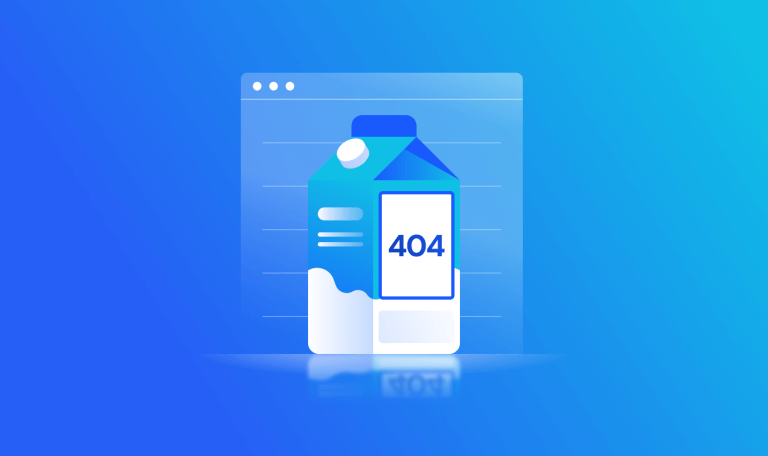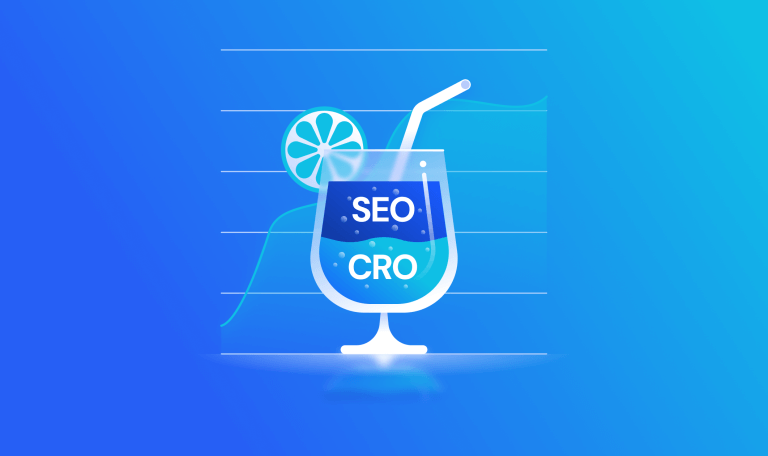Do Super Bowl Car Ads Drive Traffic?

- Car brands have been advertising in the Super Bowl for as long as there were Super Bowls
- Brands that choose to advertise in the game saw mobile web traffic increase by 90% on game day, compared to the Sunday average
- Providing a CTA at the end of a brand ad is still an important way to obtain traffic, particularly for new brands
- The effects of a Super Bowl ad are fleeting: as traffic to sites balances out after just two days
Car brands have been advertising in the Super Bowl since there were Super Bowls. However, over the years, some of the most popular game-day advertisers opted to avoid the multi-million dollar spots in favor of other forms of advertising. This year’s game featured ads from eight different brands: Audi, Porsche, Toyota, Hyundai, GMC, Kia, Genesis, and Jeep. The original Super Bowl advertisers – Ford and Chrysler, opted out this year.
We set out to examine the effects of the Super Bowl ad on car brands – does the model still drive traffic, and does the ad structure matter?
We reviewed mobile web traffic share to each advertiser site, alongside non-advertisers, and compared that to the average Sunday traffic during the month before the game. We used mobile web under the assumption that anyone visiting a brand site following a game day ad, will do so on their small screen, rather than opt to turn on their laptop.
Game Day Traffic
Car brand sites don’t generally see much web traffic. The average car brand site sees 82.5K visits on Sundays (on both desktop and mobile). On mobile, both types of sites saw an average of close to 45K visits, while advertising sites saw that average increase by 90% to 83K visits, non-advertisers only saw a 4% increase.
Growth by Type of Ad
Of the brands advertising, we noticed another difference: only two of the ads provided a CTA at the end of the spot – promoting their website and encouraging viewers to visit, while the remaining six did not. Did using a CTA at the end of the ad lead to increased traffic?
It is first of all important to align on the differences – car brands that provided a CTA at the end of their Super Bowl ad were much less popular on the baseline – only 26K mobile visits on an average Sunday, while those without a CTA are far more visited, with an average of 49K mobile web visits.
There was, however, a striking difference – sites that provided a CTA saw a traffic increase by 236%, surpassing the average traffic of sites that did not provide a CTA, which “only” saw a 65% increase.
A closer look at the actual sites advertising and their CTA model revealed that one site with a CTA – genesis.com, had the lowest baseline traffic, and was able to use its spot to increase traffic by 12X. On the other hand, among the brands with no CTA in their spot, Toyota had the highest baseline traffic and only saw an 11% increase.
Another noticeable difference is that luxury brands like Audi and Porsche, not only saw the lowest traffic volumes on the baseline, they also saw some of the least dramatic increases (in both volume and percentage), indicating that perhaps the Super Bowl advertising model is best used for the “everyman”’s car.
Prolonged Effect of Super Bowl Ads
While the Super Bowl effect can be expected on Game Day, we had hoped to see an ongoing lift in engagement for car brands, in the days following the game.
Indeed, we found that car brands advertising in the big game saw elevated traffic for two days following the game: Monday was 45% higher than the baseline Monday average, and Tuesday was 12% higher. By Wednesday, traffic stabilized for all sites. This raises a question on the actual value of a Super Bowl ad: if the traffic lift generated by a multi-million dollar ad spot has a shorter lifespan than the average path to purchase, is the Super Bowl ad worth its spend?
Read more – Most Popular Super Bowl Snacks: What’s Trending on Amazon?
The #1 PPC tool - get started
Give it a try or talk to our marketing team — don’t worry, it’s free!






